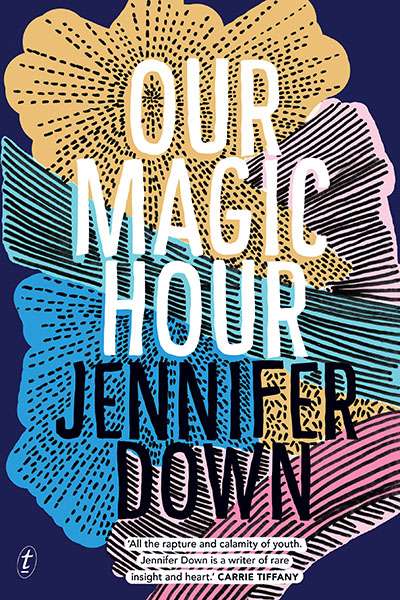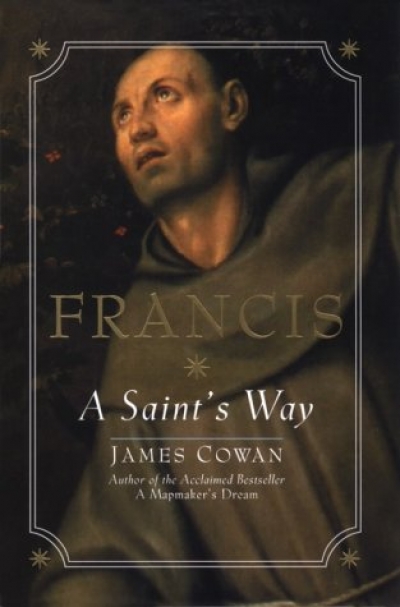The good old days (bad old days?) of young adult fiction are gone. A couple of decades back it was impossible to imagine a reputable mainstream publisher producing a book for older children which has been supported by the Literature Board of the Australia Council and whose plot revolves around drug-taking (casual and accepted), violence, murder, abduction and rape. This is what The Enemy You Killed is about. The question is, does it more accurately depict real life than, say, an old-fashioned genteel novel like Swallows and Amazons? Perhaps it depends where you live. I’m not convinced that teenage gunplay with live ammunition is necessarily more ‘real’ than messing about with boats. At least in Australia. There is more than a whiff of the tabloids around the melodrama of The Enemy You Killed. It tells of a fifteenyear-old girl, Jules (Julia), who lives in an unspecified country town which lies close to a state forest dissected by a steep gorge. In this forest, mostly at weekends, many of the local young people have for many years been playing wargames dressed in combat gear and using not only air rifles and home-made explosives, but sometimes real combat weapons. The Tunnel Rats stalk The Rebels and vice versa, and a successful ambush is the ultimate thrill.
...
(read more)








